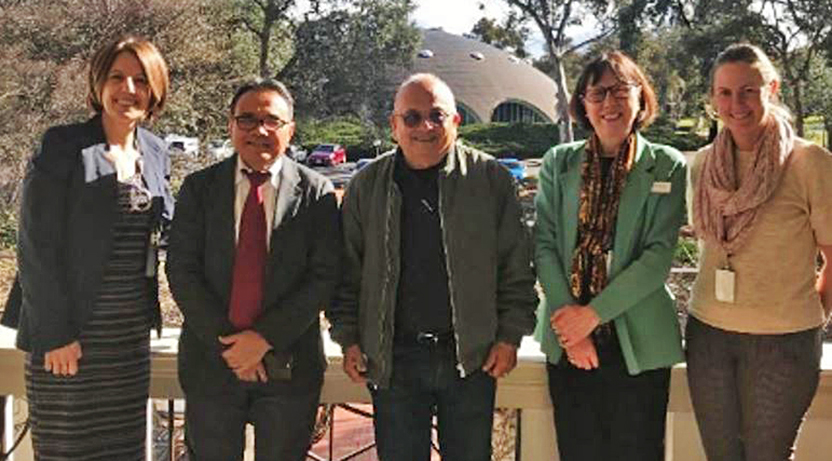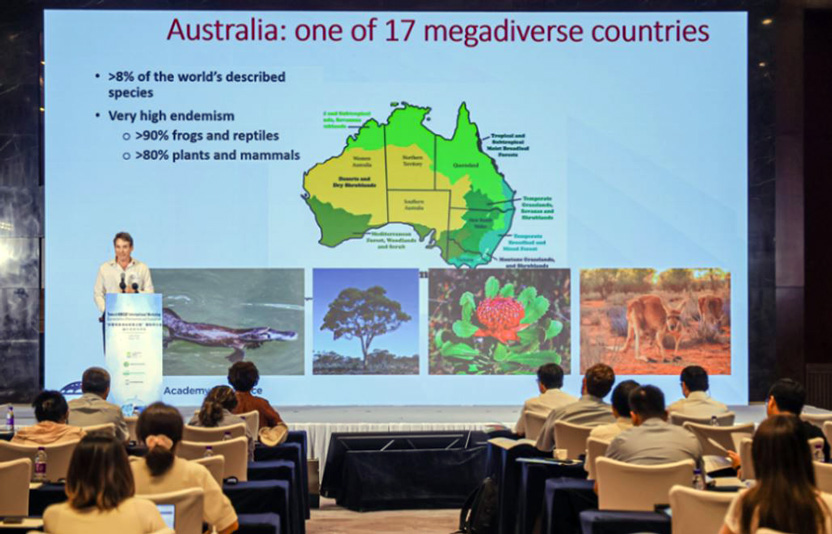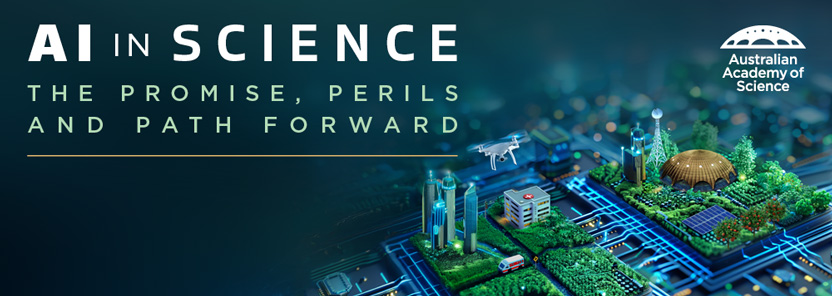
This month, the Academy joined the call for the Australian Government to release additional funding from the Medical Research Future Fund (MRFF).
“It’s time to remove the arbitrary funding cap on MRFF disbursements so it can deliver what is has been designed and legislated to do: support medical research and innovation. While the fund continues to grow in value there is no reason to cap disbursements and, in so doing, to cap cures,” said Academy President Chennupati Jagadish AC.
“At the same time, the MRFF and the National Health and Medical Research Council strategy must urgently address the full cost of research funding, as both medical research institutes and universities are struggling, while the MRFF corpus grows,” he said.
This adds the Academy’s voice to those of Dr Monique Ryan, Independent Member for Kooyong; Dr Saraid Billiards, CEO, Association of Australian Medical Research Institutes; Professor Brendan Crabb AC FAA FAHMS, Director and CEO Burnet Institute and Chair Australian Global Health Alliance; and Liz de Somer, CEO Medicines Australia.
We need to honour the bold promise on which the MRFF was established, raising current disbursements of $650 million per year to ‘break-even’ levels. This would leave the balance of the fund at its current level of $24.5 billion over the next 10 years while still providing $1.4 billion annually to medical research.
The Academy has launched the video stories of our Fellows elected in 2025, bringing to life the people behind the remarkable research undertaken by Australia’s stellar scientists. The new Fellows span diverse scientific disciplines – from researchers decoding the earliest solar systems to pioneers shaping the future of robotics – and the videos reveal the fascinating stories behind groundbreaking discoveries.
Check out the new Fellow videos

The Academy’s Chief Executive, Anna-Maria Arabia and Academy Fellow Dr Surinder Singh welcomed Dr Daniel Murdiyarso, President of the Indonesian Academy of Sciences (AIPI), to the Academy’s Ian Potter House on 11 September. The meeting built on momentum from recent Academy visits to Indonesia and continued discussions around strengthening support for early-career researchers.
This dialogue follows Academy President Professor Chennupati Jagadish’s keynote address at the KTSI Conference in August, which focused on building a robust, responsive and interconnected research ecosystem across the region.

Following the Academy’s China–Australia Workshop on Environmental Protection and Biodiversity held in June, Academy Fellow Professor Alan Andersen was invited back to Beijing in early September as a keynote speaker at an international conference on the Kunming-Montreal Global Biodiversity Framework, to which Australia is a signatory. All the Australian delegates at the June workshop co-authored the presentation.
The invitation reflects the strong scientific ties fostered during the June workshop and highlights China’s significant investment in biodiversity research and conservation. Professor Andersen’s presentation drew extraordinary interest, with more than 2 million people viewing it online within 48 hours – more than 1 million of whom tuned in live.
This year’s Australian delegation to the Lindau Nobel Laureate Meeting in Germany joined more than 100 early- and mid-career researchers (EMCRs) at Science at the Shine Dome.
Lindau delegates shared highlights from their time at the prestigious international event, including Made Ganesh Darmayanti, from Monash University, who relayed a powerful message from Nobel Laureate in Chemistry Professor Akira Yoshino, that ‘everything can be solved by hope, dreams and minds’.
Australian EMCR participation in Lindau Meetings is supported by the Science and Industry Endowment Fund. Applications to attend the 2026 interdisciplinary meeting are currently being reviewed, with successful delegates to be announced by the Lindau Council next February.
The Academy recently made the following submission to government:
Keep abreast of the Academy Fellowship in the Fellows update:
If Fellows have been recognised with an award, please let us know via fellowship@science.org.au so we can consider including it in the next update.

The AI revolution is transforming how we stay safe, combat crime, and protect our national security – both online and in the real world. From cyber warfare to surveillance to deepfakes, this brave new AI world has the potential to cause seismic shifts in global power structures. The speakers are Professor Dali Kaafar and Suneel Randhawa.
Date: Tuesday 14 October 2025
Time: Canapes and drinks are served from 5.30pm, with the talks (and the livestream) starting at 6.00pm AEDT.
Venue: The Shine Dome, 15 Gordon Street, Acton ACT (and online livestream)
Cost: $20pp ($15pp for students)

The AI revolution is rapidly transforming everyday life, but what impact does this new technology have in the practice of science and in the practice of law? What are the opportunities, challenges and ethical implications of the use of AI within these fields? Join the Australian Academy of Science and the Australian Academy of Law for our annual joint symposium, where an expert panel of scientists and legal professionals will explore these questions.
Date: Monday 20 October 2025
Time: 5.30pm–7.00pm AEDT, followed by refreshments
Venue: Shine Dome in Canberra, and online livestream
Cost: $20 general admission; $10 students; free for Fellows of both academies; free livestream

After many years of research and development, quantum computers are emerging from research labs around the world. Programmable quantum computers, such as those based on superconducting circuits and individual trapped atoms, can be accessed via the cloud. Meanwhile, the associated quantum algorithms, software and programming frameworks are developing rapidly. But what are quantum computers, and what are they good for? Where are they heading? Can we believe the hype?
Professor Lloyd Hollenberg, Academy Fellow and Thomas Baker Professor of Physical Biosciences at the University of Melbourne, will address these questions by taking a brief (personalised) tour through the world of quantum computers, covering the basics of their operation, current status and outlook for applications in areas such as chemistry and material science, bioinformatics, finance, and AI.
Date: Thursday 6 November 2025
Time: 2.30pm–4.30pm AEDT (2.30pm for lecture, 3.30pm for afternoon tea)
Venue: Ian Wark Lecture Theatre, CSIRO, Research Way, Clayton, VIC
Cost: Free, registration required
The Academy-led Where Science Lives: Global Talent Attraction Program is aimed at recruiting leading scientists from the United States.
This institution- and discipline-agnostic initiative offers competitive relocation packages to attract exceptional talent that could be placed in universities, medical research institutes, research agencies, and industries while focusing on areas of national need.
Embedding brilliant minds within Australia’s R&D system creates a powerful multiplier effect that seeds capability, creates jobs, attracts investment, mentors young scientists and positions Australia as a global innovation leader.
With other countries already pursuing similar opportunities, the Academy is calling on visionary funders to contribute to this nation-building program and be part of Australia’s scientific and economic future.
To learn more about giving to the Academy visit our website or contact Kate Groves on (02) 6201 9460 or kate.groves@science.org.au.
The Honorary editor of the Academy newsletter is Professor Yuri Estrin FAA
© 2025 Australian Academy of Science